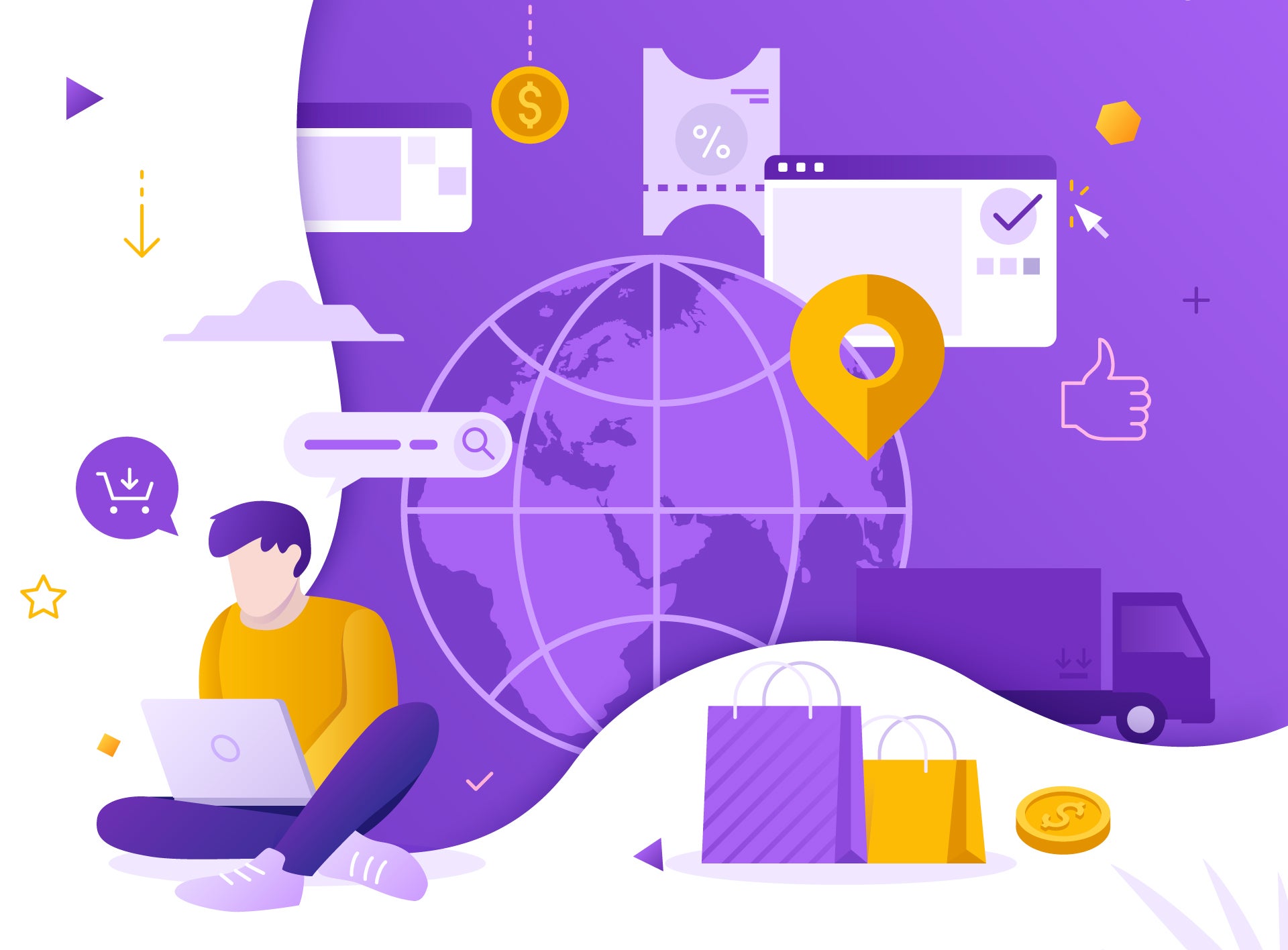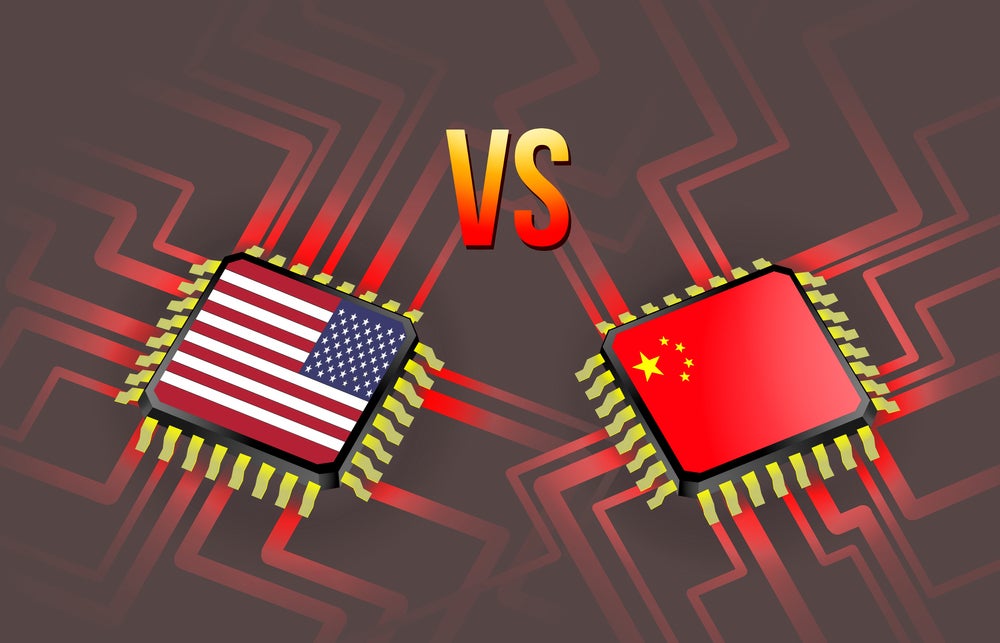The advertising tech (adtech) industry is primarily a face-off between tech giants like Google, Meta, Amazon, and Alibaba and pure play vendors like The Trade Desk, MEdiaMAth, and Amobee. The tech giants dominate the market with their massive user bases and sophisticated adtech walled gardens. Several pure play vendors will become acquisition targets for Big Tech vendors over the next three years.
Listed below are the key technology trends impacting the adtech theme, as identified by GlobalData.
First-party data
First-party data is the information a company collects directly from its customers. It includes demographics like age and location, online purchase history, web activity, and email engagement. In Merkle’s 2021 Customer Engagement Report, 88% of the 600 marketing, analytics, and technology executives surveyed said collecting and storing first-party data was a high priority over the next six to 12 months. The survey further suggested that privacy regulations and the abolition of third-party cookies are transforming the advertising sector and forcing companies to rethink their data generation systems.
Adtech and third-party cookies
Third-party cookies (packets of data generated by websites that track a user’s online activity) have been the bedrock of digital advertising for several years. Consequently, Google’s plan to remove cookies from Chrome by 2023 would significantly disrupt the adtech market. Apple’s Safari and Mozilla’s Firefox web browsers have already stopped supporting third-party cookies, but adtech will feel the biggest impact when Chrome—the largest browser by market share—abandons cookies.
At the time of writing, there is no clear alternative to cookies. However, some key initiatives to prepare for a post-cookie era include Google’s alternate profiling system, dubbed the Privacy Sandbox. The product initially used the Federated Learning of Cohorts (FLoC), a technology that clustered groups of people with similar interests. In January 2022, Google replaced FLoC with ‘Topics’, which allocates users to categories based on interests. These categories are defined based on the last three weeks of browsing activity.
As the search for a viable alternative to cookies continues, the future of online advertising will be based on first-party data. Adtech vendors that provide third-party data will face the biggest impact as advertisers move data generation in-house.
iOS App Tracking Transparency (ATT)
In April 2021, Apple released a privacy feature on iOS called App Tracking Transparency (ATT), which mandates that apps and games on its App Store seek users’ permission before tracking their activity. According to data from Flurry Analytics, by December 2021, 76% of users worldwide had chosen to opt out, meaning they do not allow apps to track them. As ads are a vital source of revenue and data for app developers, Apple offers advertisers access to SKAdNetwork, a tool that tracks iOS users’ in-app activity and shares it with ad networks without any user- or device-level data.
Advertisers have access to data on trends such as the types of games being played, and overall time spent by users in a particular app. However, they cannot track users or devices individually, which will significantly negatively impact their revenues.
Android advertising ID
Google’s Android is also introducing an iOS-like privacy policy, driven by growing regulatory pressure and competition from Apple. While Android users have long been able to opt out of personalised ads, advertising ID is still in use. Google claims that it enables developers to track users’ online activities and target them with ads.
However, Android 12 lets users opt out of advertising ID. While Apple ATT is a default option for iOS users, Google’s approach is more passive, requiring the user to act on privacy and personalised tracking. However, it still represents another blow to the adtech industry, as it limits the tracking of Android users via both cookies and advertising IDs.
AI
AI-powered ad tools can detect patterns at scale in advertising data and predict what changes to campaigns will improve performance. This can all happen in seconds, rather than the hours, days, or weeks it might take a human to analyse, test, and iterate across campaigns. AI can also analyse how ads perform across specific platforms and recommend ways to improve performance.
In the post-cookie world, advertisers will seek a return to first-party data based on direct interaction with the consumer and reduce their dependence on third-party data.
Adtech and Ad fraud
The growing volume of fraudulent traffic jeopardises the effectiveness of any ad campaign. The World Federation of Advertisers predicts that global ad fraud will become the biggest market for organised crime by 2025 and will be worth $50bn. Pixalate, an ad fraud protection firm, reported in its 2020 Connected TV (CTV) Ad Supply Trends Report that about 24% of CTV programmatic ads in the US involved invalid traffic.
Ad fraud not only limits the desired impressions of an advertiser but also increases operational expenses. A key challenge for publishers and advertisers alike is accurately verifying ad impressions and distinguishing between real users and bots.
However, ad verification methods are also becoming sophisticated, incorporating real-time user analysis to, for example, detect bots. Ad fraud protection firms will increasingly deploy AI and cybersecurity techniques to tackle ad verification issues.
Internet of Things (IoT)
IoT devices such as wearables and smart speakers offer opportunities for adtech to expand beyond PCs and smartphones. These devices help brands gather first-party data on users’ preferences and needs. They are also popular with young consumers, helping brands reach a valuable demographic. While these techniques are under-development, further penetration of IoT devices will push adtech companies to explore new ad delivery channels.
Adtech and native advertising
Native advertising is a type of contextual advertising that blends a paid ad into the platform on which it appears. Unlike banner ads, native ads appear as regular content on a webpage or app, helping to minimise intrusiveness and maximise click-through rate (CTR). Brands from various sectors use native ads to promote their offerings, boost sales and improve user engagement.
Native ads are usually labeled as ‘Sponsored’, ‘Suggested’, ‘Featured’, or ‘Advertisement’, allowing publishers to be transparent with users that ads are being targeted to them. However, these labels are typically small and easy for users to miss.
Adtech and shoppable ads
Shoppable ads allow users to directly purchase a product featured in an ad. The video, image, or barcode-based ad includes embedded tags that direct the user to the product’s page on the brand’s website. Shoppable ads aim to make ad views and online shopping seamless and interactive. Brands are using shoppable ads on streaming platforms, social media, instant messaging services, ecommerce sites, and TV channels to increase sales and establish a first-party relationship with users.
Augmented reality (AR)
According to Zenith UK, global ad spend on AR will increase by more than 30% in 2022 and 2023. AR allows advertisers to provide more inventive, eye-catching, and interactive ads and move beyond non-interactive media like print and TV. In September 2020, Shopify reported a 94% increase in conversion rate for products that featured AR or 3D content.
WebAR allows users to experience AR content through web browsers rather than a standalone app. It is already being used in advertising by big brands, including Coca-Cola, Toyota, EE, Sephora, and Universal Pictures. Instant visibility, faster targeting of prospective customers, improved online visualisation of physical products, and reduced volumes of digital storage spaces are some of the benefits of WebAR.
Ad blockers
Ad blockers—software that prevents ads from appearing on a web page or app—are a significant challenge for advertisers because they reduce the click-through rate (CTR). Some prominent ad blockers include AdBlock, Poper Blocker, and AdGuard. According to search engine optimization (SEO) firm Backlinko, about 43% of global internet users use ad blockers every month.
The Acceptable Ads Committee (AAC) is a self-regulated independent organisation that creates standards for ad-filtering and advocates the concept of acceptable ads, essentially native ads. Advertisers must comply with AAC standards to serve ads to users without being filtered by ad blockers.
This is an edited extract from the Advertising Tech (Adtech) – Thematic Research report produced by GlobalData Thematic Research.







